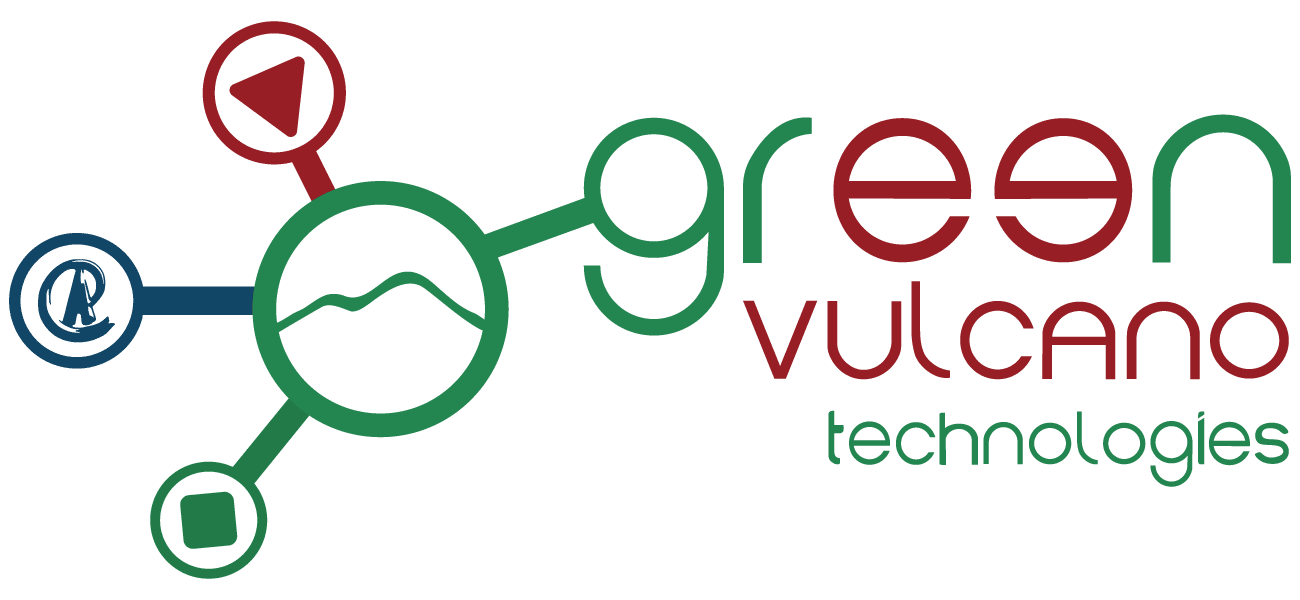The Internet of the Things is taking industries by storm. This network of devices combined with their ability to connect and exchange data is proving itself to be a brilliant tool when incorporated into businesses and consumer’s lives alike. Up to this point, IOT has been most well-known for its integration in the manufacturing and industrial industry. Its benefits are apparent through the machinery on the factory floor, and its connectivity has built an essential bridge between the floor and the offices upstairs. It has reached a level of optimal efficiency that is changing corporations. IoT has now stretched its uses even further, as people have found ways to utilize it in a new industry: healthcare. The industry is huge, but the technology has found a way to dip its toes into every aspect.
Personal Healthcare
As of right now, remote health monitoring is the main function of IoT integration, in terms of spending. The IoT devices designed for consumers are plentiful, all imaginative yet useful. There’s an array of them on the market, from closed-loop insulin delivery devices that pairs with a diabetes app, to a Bluetooth coagulation device that tests how quickly your blood clots. In addition, there is an activity tracker that looks at the effects of different cancer treatments, and an Apple watch application that monitors cognitive function for signs of depression.
More and more systems and devices are being invented each day. For example, researchers have been developing contact lenses with sensors in them that they hope will be able to measure a person’s glucose levels, in addition to possibly correcting presbyopia, a condition that deteriorates the eye’s focus. These devices, along with different type of wearable sensors, have granted consumers the ability to monitor themselves within the comforts of their own home. The benefits to the consumer is plentiful. However, we are becoming more of a business driven world, and businesses and corporation alike have discovered how to utilize IOT to the best of their abilities as well.
Pharmaceuticals
Every year, according to the Internet of Things Institute, there are 125,000 unnecessary deaths in the United States alone due to patients not taking their medicine correctly. Over 100,000 people die from these mistakes, and there are so many more than this number that end up hospitalized over the same situation. IOT software offers up a solution: smart pill bottles. These smart pill bottles monitor the dosage being taken, or if it’s even being taken at all. It’s a way for patients and doctors to keep tabs on treatments and ensure that they are being taken and administered responsibly.
The Pharmaceutical sector didn’t just stop there with their incorporation of the Internet of Things. They have integrated the technology into their production cycle the same way the manufacturing industry has: monitoring the machines, checking the safety, and collecting data in order to ensure the utmost efficiency.
Healthcare Building Facilities
There has begun a crucial transition from IOT positively impacting consumers in terms of healthcare to businesses in the industry. IOT and its effects are most concretely apparent in hospitals and doctor’s offices. The connective technology has created a new age of “smart hospitals”, places filled with predictive maintenance and advanced equipment. As the site i-scoop wrote, “If there is one place where the various building parameters…temperature, humidity, air regulation, specific environmental controls, security, and so forth need to be optimal, it for sure is the hospital.”
Being reliable is vital for a hospital, and IOT software is just that. Reliant. Rooms equipped with smart beds would have the technology to routinely check and monitor vitals on its own and alert the necessary personnel based off of those vitals. Smart hospitals will have sensors that detect the climate of the room and can adjust it based off the specific needs of the individual patient. Operating rooms will have the same features; the ability to control the elements to set themselves up for ideal operating conditions. It’s smart and it’s efficient and it’s saving lives.
Healthcare Insurance
Going hand and hand with saving lives is saving money. The combination of IOT with the Health Insurance industry is doing just that. This software collects data, and data is extremely valuable to insurance companies. The most important characteristics of this data is that it is truthful and accurate. According to Forbes, these technologies will work to “reduce inefficiencies and waste in the healthcare system”. Companies will have the ability to use data to have surveillance on their patient’s medical behavior and will get patient reports that are truthful and not just subjective.
This continuous, real-time data will save insurance companies money because they have been proven successful in the early prevention and control of treatments and diseases. In addition, things like the smart pill bottle will cut down on company costs because they do not have to pay for unnecessary hospital bills that are caused by incorrectly taken medication. The self-testing nature of the software cuts out unnecessary doctor visits and hospital bill, making it a win for the patient as well as a win for insurance companies that would otherwise have to foot the bill.
The Future of Healthcare and IOT
According to the KAA Project, spending on healthcare IOT solutions is projected to reach $1 trillion by the year 2025. I-Scoop declares that by 2019, 87% of healthcare organizations will have adopted these IOT technologies. Why is this projection so large? IOT software makes healthcare “personalized, accessible, and on-time”. Money, time, and lives are being saved with these devices and this software. It’s changing the face of health, one connected device at a time.
[av_contact email='marketing@greenvulcano.com' title='Leave your mail to get pdf version' button='Get your pdf' on_send='' sent='Thank you, you can get you pdf here: http://www.greenvulcanotechnologies.com/wp-content/uploads/2018/02/BLOG-POST-1_Eng.compressed.pdf' link='manually,http://' subject='' autorespond='' captcha='' form_align='' color='' admin_preview_bg='' av_uid='av-3ze62h']
[av_contact_field label='E-Mail' type='text' options='' check='' width='' av_uid='av-2zg0k9'][/av_contact_field]
[/av_contact]

